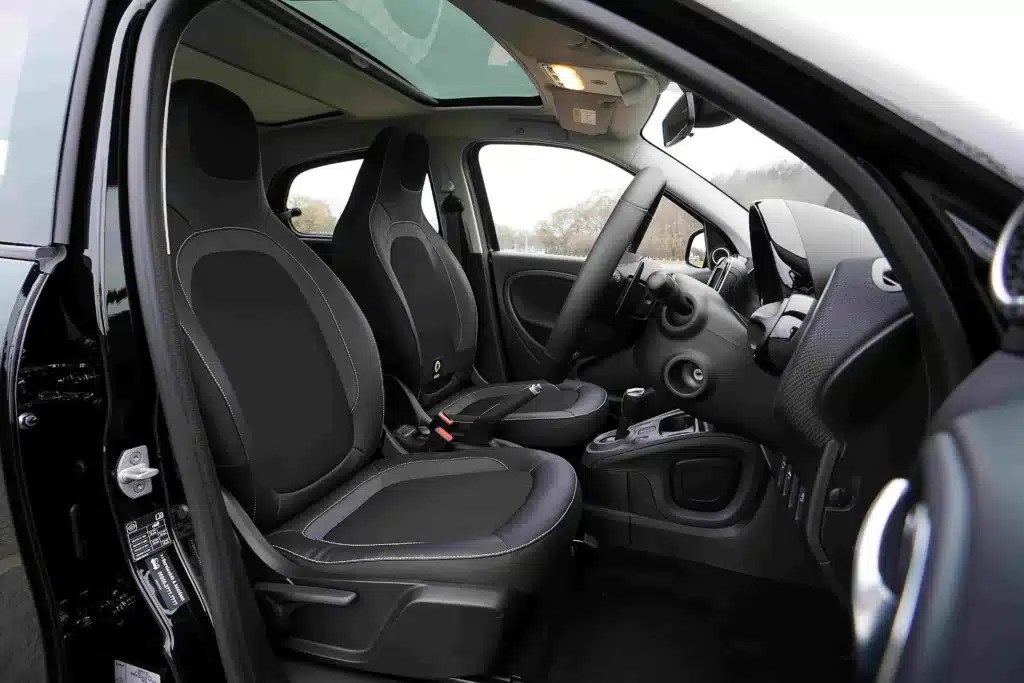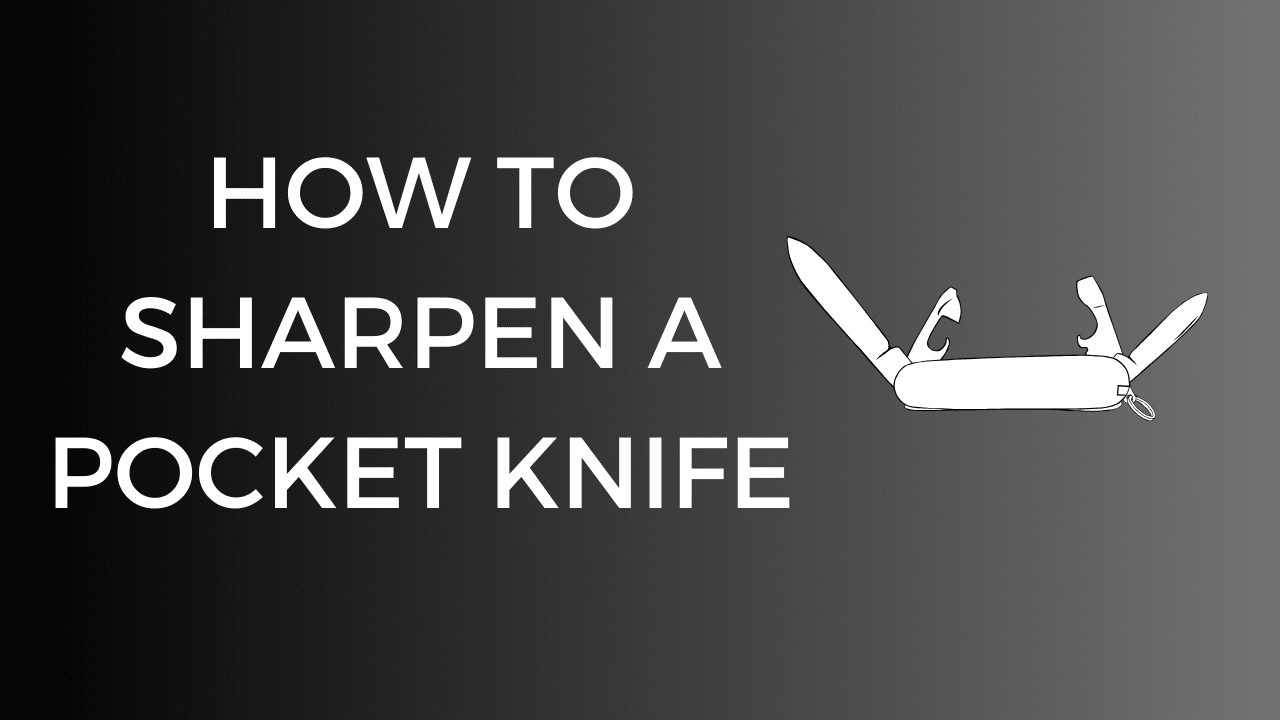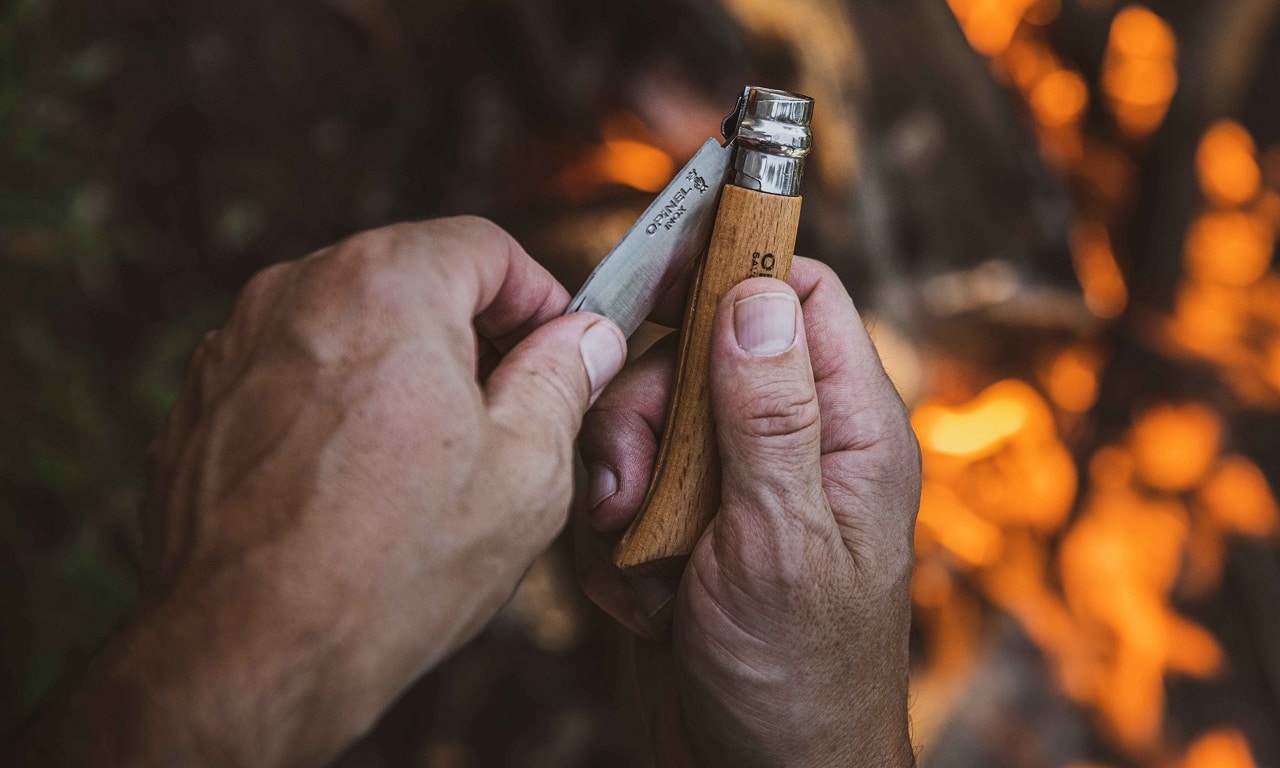How to Clean Leather Car Seats
Introduction:
Very few materials compare to the luxury feel of leather seats when it comes to preserving the beauty and comfort of your car’s interior. However, regular cleaning and maintenance are necessary to keep them appearing perfect and supple. We will explore the best techniques for maintaining the original state of leather car seats for many years to come in this extensive article.
Understanding Leather:
It’s important to know the properties of leather before we start cleaning. Natural leather is made from the hides of animals and is highly regarded for its timeless beauty and toughness. It is, however, also sensitive to harm from oils, dirt, and sunlight. The durability of it is increased and its lovely appearance is preserved with proper maintenance.
Gathering the Essentials:
Before you embark on cleaning your leather car seats, gather the necessary supplies:
1. Gentle leather cleaner
2. Soft-bristled brush or microfiber cloth
3. Leather conditioner
4. Distilled water
5. Clean, soft towels
6. Vacuum cleaner with brush attachment
Pre-Cleaning Preparation:
Begin by vacuuming the seats thoroughly to remove any loose dirt, debris, and crumbs. Pay close attention to crevices and seams where dirt tends to accumulate. This step prevents abrasive particles from scratching the leather during the cleaning process.
Spot Testing:
To assure compatibility and avoid staining or damage, perform a spot test on a tiny, insignificant area of the leather before using any cleaner or conditioner. Once you’re sure it’s appropriate, move forward with assurance.
Cleaning Process:
1. Dilute the leather cleaner according to the manufacturer’s instructions. Using a soft-bristled brush or microfiber cloth, apply the cleaner to the seats in gentle, circular motions.
2. Focus on one section at a time, working methodically to ensure thorough coverage.
3. Pay special attention to areas prone to soiling, such as armrests and seat bolsters.
4. After cleaning, wipe the seats with a clean, damp cloth to remove any residual cleaner.
5. Allow the seats to air dry naturally, avoiding direct sunlight or heat sources that can cause the leather to dry out and crack.
Conditioning and Protection:
Once the seats are clean and dry, it’s time to replenish moisture and restore suppleness with a high-quality leather conditioner. Follow these steps:
1. Apply a small amount of conditioner to a clean, soft cloth and massage it into the leather using gentle, circular motions.
2. Ensure even coverage, paying extra attention to areas that may be more prone to drying, such as seat seams and edges.
3. Allow the conditioner to penetrate the leather for the recommended duration, typically 10-15 minutes.
4. Using a separate clean cloth, buff the seats to remove any excess conditioner, revealing a rich, lustrous finish.
Maintenance Tips:
To preserve the beauty of your leather car seats between cleanings, consider the following tips:
1. Regularly wipe down the seats with a clean, damp cloth to remove surface dust and grime.
2. Avoid using harsh chemical cleaners or abrasive brushes, as they can damage the leather’s finish.
3. Keep your car parked in shaded areas or use window shades to minimize UV exposure, which can cause leather to fade and deteriorate.
4. Address spills and stains promptly with a gentle cleaner to prevent them from setting into the leather.
5. Periodically reapply leather conditioner to maintain its protective barrier and keep the leather supple.
Conclusion:
With proper care and maintenance, leather car seats can retain their luxurious look and feel for years to come. By following the steps outlined in this guide and incorporating regular upkeep into your routine, you can ensure that your vehicle’s interior remains a testament to timeless elegance and comfort.






Link exchange is nothing else except it is only placing the
othber person’s blog lunk oon your page at proper place and other person will also
do skmilar in favor off you. https://evolution.org.ua/
equilibrado de rotores
Equipos de calibracion: esencial para el funcionamiento fluido y optimo de las equipos.
En el ambito de la innovacion moderna, donde la productividad y la confiabilidad del sistema son de gran significancia, los aparatos de calibracion juegan un funcion vital. Estos sistemas especificos estan creados para ajustar y regular piezas giratorias, ya sea en maquinaria manufacturera, automoviles de traslado o incluso en dispositivos de uso diario.
Para los especialistas en soporte de sistemas y los profesionales, utilizar con dispositivos de calibracion es importante para promover el desempeno fluido y estable de cualquier dispositivo dinamico. Gracias a estas soluciones innovadoras sofisticadas, es posible minimizar sustancialmente las sacudidas, el ruido y la carga sobre los cojinetes, mejorando la vida util de componentes costosos.
Igualmente significativo es el funcion que cumplen los sistemas de calibracion en la asistencia al cliente. El ayuda experto y el conservacion regular aplicando estos sistemas facilitan ofrecer soluciones de alta estandar, incrementando la satisfaccion de los consumidores.
Para los titulares de proyectos, la aporte en equipos de calibracion y medidores puede ser esencial para aumentar la efectividad y eficiencia de sus aparatos. Esto es particularmente importante para los inversores que dirigen medianas y intermedias empresas, donde cada detalle importa.
Tambien, los dispositivos de equilibrado tienen una gran uso en el area de la seguridad y el supervision de nivel. Habilitan localizar probables defectos, evitando arreglos elevadas y problemas a los aparatos. Incluso, los informacion recopilados de estos dispositivos pueden usarse para maximizar metodos y potenciar la exposicion en buscadores de busqueda.
Las campos de utilizacion de los dispositivos de calibracion cubren numerosas industrias, desde la fabricacion de vehiculos de dos ruedas hasta el control del medio ambiente. No importa si se considera de extensas producciones manufactureras o modestos locales caseros, los aparatos de equilibrado son necesarios para asegurar un funcionamiento optimo y sin riesgo de paradas.